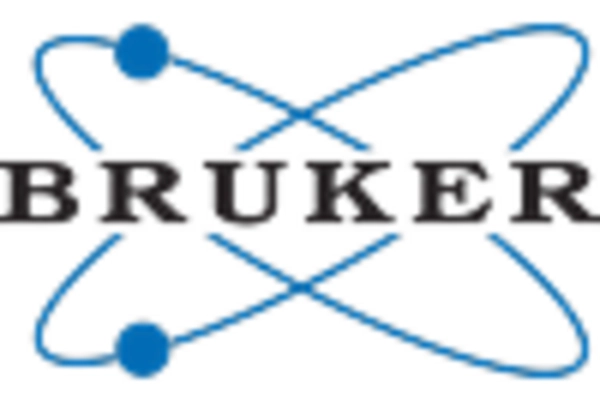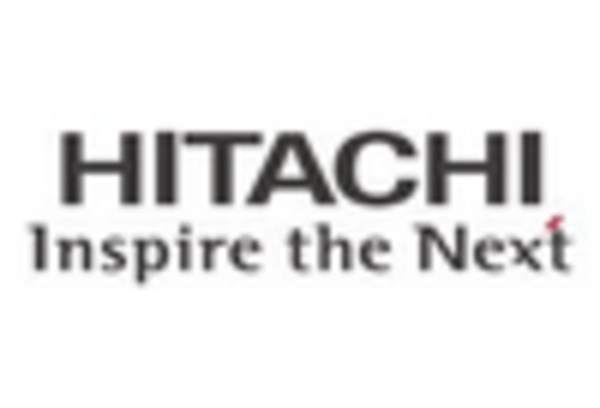Growing Focus on Personalized Medicine
The Micro Magnetic Resonance Imaging Market is increasingly aligned with the growing focus on personalized medicine. As healthcare shifts towards tailored treatment plans based on individual patient profiles, the need for precise imaging techniques becomes paramount. Micro magnetic resonance imaging offers the ability to visualize specific biological markers and disease characteristics, facilitating more accurate diagnoses and treatment strategies. This alignment with personalized medicine is likely to drive demand for advanced imaging technologies, as healthcare providers seek to enhance patient care through targeted therapies. The market is expected to respond positively to this trend, with an anticipated increase in investments in micro magnetic resonance imaging systems.
Rising Demand for Non-Invasive Diagnostic Tools
The Micro Magnetic Resonance Imaging Market is witnessing a growing demand for non-invasive diagnostic tools, which are preferred by both patients and healthcare providers. This trend is largely attributed to the increasing awareness of the benefits associated with non-invasive procedures, such as reduced risk of complications and shorter recovery times. As healthcare systems strive to improve patient outcomes, the adoption of micro magnetic resonance imaging technologies is likely to rise. Market data indicates that the non-invasive imaging segment is projected to grow at a compound annual growth rate of over 10% in the coming years, reflecting the shift towards safer diagnostic alternatives.
Technological Innovations in Imaging Techniques
The Micro Magnetic Resonance Imaging Market is experiencing a surge in technological innovations that enhance imaging capabilities. Advanced techniques such as hyperpolarization and novel contrast agents are being developed, which significantly improve the sensitivity and resolution of imaging. These innovations allow for more detailed visualization of biological structures, which is crucial for early disease detection and monitoring. The integration of artificial intelligence in image analysis further streamlines the diagnostic process, potentially reducing the time required for interpretation. As a result, the demand for micro magnetic resonance imaging systems is likely to increase, driven by the need for precise and efficient diagnostic tools in various medical fields.
Increased Investment in Healthcare Infrastructure
The Micro Magnetic Resonance Imaging Market is benefiting from increased investment in healthcare infrastructure across various regions. Governments and private entities are allocating substantial funds to enhance medical facilities and upgrade diagnostic equipment. This investment is particularly evident in emerging markets, where there is a concerted effort to improve healthcare access and quality. As healthcare facilities adopt state-of-the-art imaging technologies, the demand for micro magnetic resonance imaging systems is likely to rise. Market analysts suggest that this trend could lead to a significant increase in the market size, with projections indicating a potential growth rate of 8% annually over the next five years.
Expanding Applications in Research and Development
The Micro Magnetic Resonance Imaging Market is expanding its applications beyond traditional medical diagnostics into research and development sectors. This includes applications in drug discovery, materials science, and biological research, where detailed imaging is essential for understanding complex structures and interactions. The ability to visualize molecular and cellular processes in real-time is becoming increasingly valuable in various scientific fields. As research institutions and pharmaceutical companies invest in advanced imaging technologies, the demand for micro magnetic resonance imaging systems is expected to grow. This diversification of applications may lead to a broader market reach and increased revenue opportunities for manufacturers.


















Leave a Comment